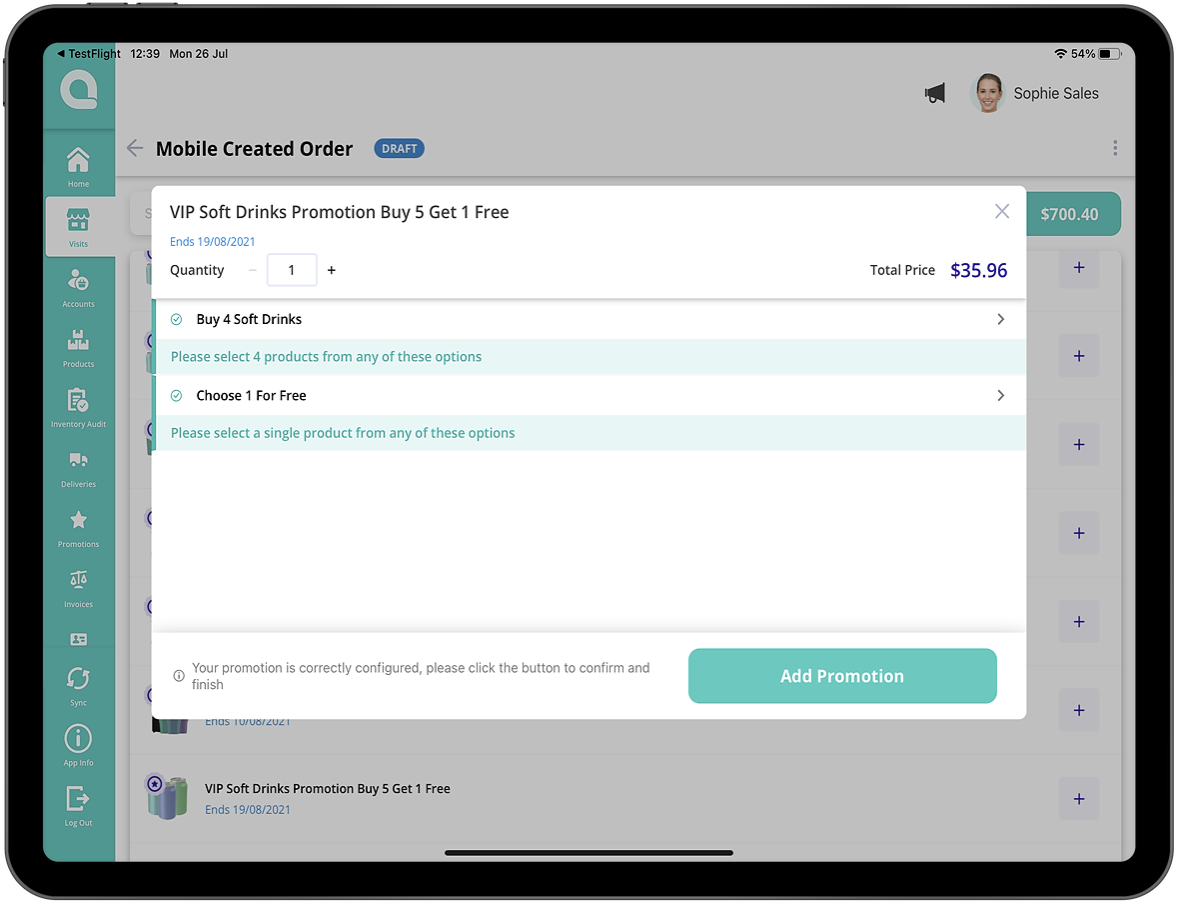Shopistry bags $2M to provide ‘headless commerce without the headaches’
Canada-based Shopistry wants to turn the concept of headless commerce, well, on its head. On Monday, the e-commerce startup announced $2 million in seed funding to continue developing its toolkit of products, integrations, services and managed infrastructure for brands to scale online.
Jaafer Haidar and Tariq Zabian started Shopistry in 2019. Haidar’s background is as a serial technology founder with exits and ventures in e-commerce and cloud software. He was working as a venture capitalist when he got the idea for Shopistry. Zabian is a former general manager at OLX, an online classified marketplace.
Shopistry enables customers to create personalized commerce experiences accessible to all. Haidar expects headless will become the dominant architecture over the next five years, though he isn’t too keen on calling it “headless.” He much prefers the term “modular.”
“It’s a modular system, we call it ‘headless without the headaches,’ where you grab the framework to manage APIs,” Haidar told TechCrunch. “After a company goes live, they can spend 50% of their budget just to keep the lights on. They use marketplaces like Shopify to do the tech, and we are doing the same thing, but providing way more optionality. We are not a monolithic system.”
Currently, the company offers five products:
- Shopistry Console: Brands turn on their optimal stack and change anytime without re-platforming. There is support for multiple e-commerce administrative tools like Shopify or Square, payment providers, analytics and marketing capabilities.
- Shopistry Cloud is a managed infrastructure spearheading performance, data management and orchestration across services.
- Shopistry Storefront and Mobile to manage web storefronts and mobile apps.
- Shopistry CMS, a data-driven, headless customer management system to create once and publish across channels.
- Shopistry Services, an offering to brands that need design and engineering help.
Investors in the seed round include Shoptalk founder Jonathan Weiner, Hatch Labs’ Amar Varma, Garage Capital, Mantella Venture Partners and Raiven Capital.
“At MVP we love companies that can simplify complexity to bring the proven innovations of large, technically sophisticated retailers to the masses of small to midsize retailers trying to compete with them,” said Duncan Hill, co-founder and general partner at Mantella Venture Partners, in a written statement. “Shopistry has the team and tech to be a major player in this next phase of the e-commerce evolution. This was easy to get excited about.”
Shopistry is already working with retailers like Honed and Oura Ring to manage their e-commerce presences without the cost, complexity or need for a big technology team.
Prior to going after the seed funding, Haidar and Zabian spent two years working with high growth brands to build out its infrastructure. Haidar intends to use the new capital to future that development as well as bring on sales and marketing staff.
Haidar was not able to provide growth metrics just yet. He did say the company was growing its customer base and expects to be able to share that growth next year. He is planning to add more flexibility and integrations to the back end of Shopistry’s platform and add support for other platforms.
“We are focusing next on the go-to-market perspective while we gear up for our big launch coming in the fourth quarter,” he added. “There is also a big component to ‘after the sale,’ and we want to create some amazing experiences and focus on back office operations. We want to be the easiest way to control and manage data while maintaining a storefront.”
![]()


